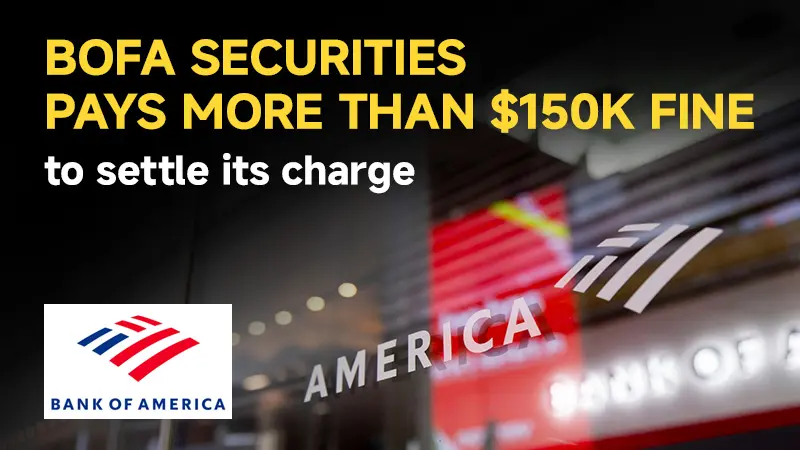简体中文
繁體中文
English
Pусский
日本語
ภาษาไทย
Tiếng Việt
Bahasa Indonesia
Español
हिन्दी
Filippiiniläinen
Français
Deutsch
Português
Türkçe
한국어
العربية
Success and Failure Lie in Leverage
Abstract:In forex trading, leverage is a very important concept as it allows you to control larger positions with a relatively small amount of capital. Of course, this also means that the risks are increased.

Leverage is like borrowing money to make investments, using other peoples funds to amplify the size of your trades. Leverage not only allows you to make larger profits, but it also magnifies your losses. Therefore, understanding how leverage works and how to use it properly is a skill that every forex trader must master.
In the forex market, many platforms offer very low margin rates, with some as low as 2%. This means you only need to invest 2% of your capital to control a position 50 times larger than your investment. This makes forex trading very attractive for traders who enjoy using leverage.
For example, if you use 50:1 leverage, a 1% market fluctuation could result in a 50% return on your initial investment. This means even small market movements can bring substantial returns. However, the same principle applies in reverse—if the market moves against you, your losses can be magnified as well. So, leverage is like a double-edged sword: it can help you earn more, but it can also cause you to lose more.
How to Manage the Risks of Leverage
Because leverage amplifies risks, you need to be very cautious. To prevent excessive losses, proper risk management is crucial. Fortunately, forex platforms typically offer useful tools to help you control risks:
Stop-Loss Orders: This is an automated tool that helps you close your position when the market moves against you, preventing further losses. It allows you to control the maximum loss youre willing to take on each trade.
Take-Profit Orders: Similar to stop-loss orders, take-profit orders automatically close your position when your predetermined profit target is reached. This helps you lock in profits and avoid missing out if the market reverses.
Trailing Stop: The advantage of this tool is that it adjusts the stop-loss level as the market moves in your favor, ensuring you can lock in profits while limiting losses if the market turns against you.
Guaranteed Stop-Loss Orders (GSLO): Unlike regular stop-loss orders, a GSLO guarantees that your position will close at a specific price, regardless of market slippage. Although theres an additional fee for this service, it provides stronger protection for your trades.
By using tools like stop-loss orders, take-profit orders, and guaranteed stop-loss orders, you can better manage risks and avoid excessive losses. Ultimately, successful forex trading hinges on the careful use of leverage and effective risk control. Remember, leverage is both an opportunity and a risk—your success or failure often depends on how you choose and manage it.

Disclaimer:
The views in this article only represent the author's personal views, and do not constitute investment advice on this platform. This platform does not guarantee the accuracy, completeness and timeliness of the information in the article, and will not be liable for any loss caused by the use of or reliance on the information in the article.
Read more

Voices of the Golden Insight Award Jury | David Bily, Founder and CEO of Moneta Markets
WikiFX Golden Insight Award uniting industry forces to build a safe and healthy forex ecosystem, driving industry innovation and sustainable development, launches a new feature series — “Voices of the Golden Insight Awards Jury.” Through in-depth conversations with distinguished judges, this series explores the evolving landscape of the forex industry and the shared mission to promote innovation, ethics, and sustainability.

ASIC Launches Preliminary Investigation into Clime Australian Income Fund
The Australian Securities and Investments Commission (ASIC) has launched a preliminary investigation into the Clime Australian Income Fund, examining whether the Fund’s Target Market Determination (TMD) and Product Disclosure Statement (PDS) comply with Australian financial regulations. The investigation will also assess whether any breaches of the law have occurred in relation to the Fund’s investment activities.

HSBC announced a $1.1 billion charge linked to the largest Ponzi scheme in financial history
The British banking giant HSBC Holdings Plc has announced a potential $1.1 billion charge connected to the long-running Bernard Madoff Ponzi scheme, following a legal ruling in Luxembourg. The claim stems from Herald Fund, a European investment fund that sued HSBC over alleged losses related to the Madoff fraud.

BofA Securities pays more than $150K fine to settle its charge
BofA Securities, Inc. (BofAS) has agreed to pay a $155,000 fine and accept a censure from the Financial Industry Regulatory Authority (FINRA) after FINRA found multiple violations of market trading and supervisory rules.
WikiFX Broker
Latest News
How to Add and Take Out Money from Amillex Broker: A Complete Guide
FCA warning: These Firms are on the list
Ponzi Scheme Operator Sentenced to 14 Years in Western Australia
Dubai VARA Warns Against Vesta Investments
Don’t Get Scammed: A Roundup of Common Online Fraud Tactics in Forex
T4Trade broker Review 2025: Is T4Trade Regulated?
Chicago PMI Beats But Remains In 'Contraction' For Second Straught Year
MH Markets Overview: Fees, Platforms, and Regulation
Is MultiBank Group Legit or Scam? A 2025 Regulation Review
Firsttrade Review: Traders Raise Ponzi-Style Scam Concerns, Withdrawal Denials & More Issues
Currency Calculator



